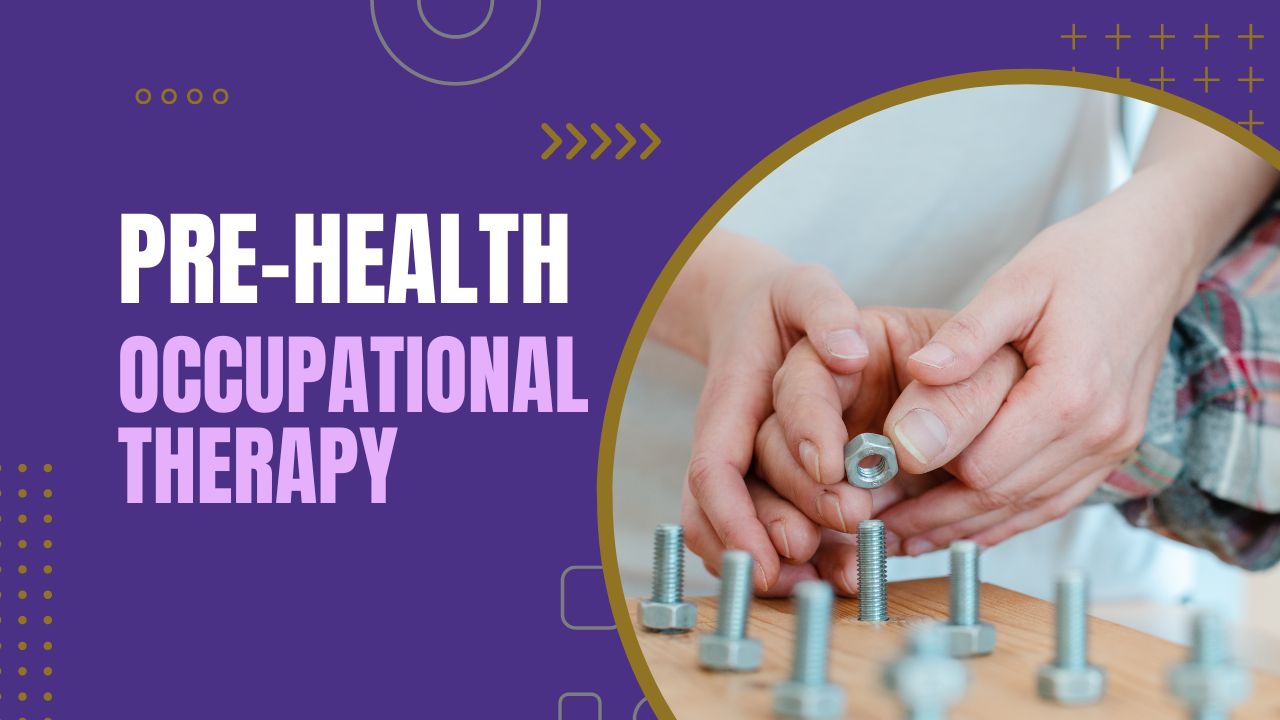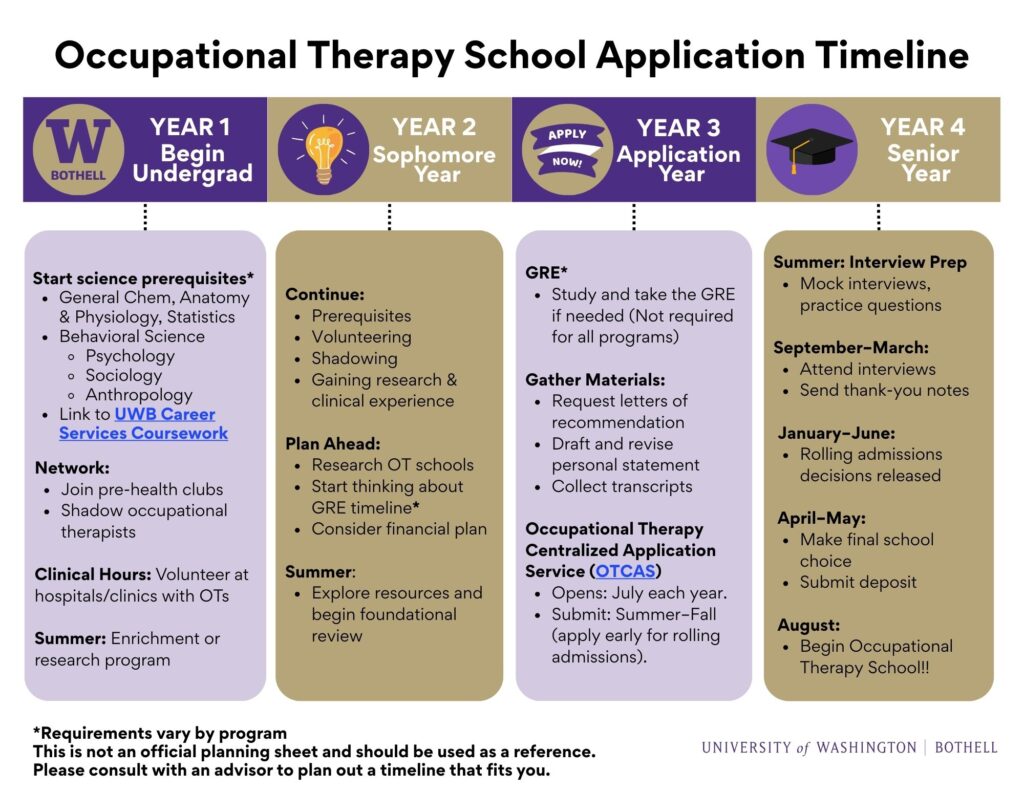Occupational Therapy

Overview
Occupational therapists (OTs) help people learn or regain daily living or work skills. They help people who have mental, physical, or developmental disabilities. These disabilities are often caused by birth defects, injuries, illnesses, or aging.
Occupational therapists write treatment plans that set specific goals for patients. They discuss their plans with other workers such as doctors, physical therapists, or social workers. They also train nurses and other health care staff in therapy techniques so they can help with the therapy.
Therapists conduct many different activities with their patients. Some activities are designed to improve physical strength and coordination. Other activities are designed to improve vision, memory, or reasoning. They teach some patients to use wheelchairs and other physical aids. Therapists may also design or make special equipment that patients need at work or home and recommend ways for patients to change their homes to meet their needs.
Therapists may specialize in working with patients of a certain age or specific disability. This includes:
- Elderly patients who want to live independently
- Children with developmental delays
- Adults with permanent disabilities
Some therapists help patients find and keep jobs. They arrange jobs, plan work activities, and follow patients’ progress. Occupational therapists often lead programs in schools, hospitals, community settings, and other institutions. Often these programs are designed to promote health and awareness of disabilities.
Occupational therapists are similar to physical therapists in that both types of workers are concerned with physical movement. However, occupational therapists are also concerned with psychological and social factors.
Source: www.wois.org
Applications
Visit the Apply page for more on prerequisite coursework and grades, transcripts, activities, personal statements and letters of recommendation in general.
Application Timeline
Requirements vary by program. This is not an official planning sheet and should be used as a reference. Please consult with an advisor to plan out a timeline that fits you.

- Start science prerequisites – General Chem, Anatomy & Physiology, Statistics, Behavioral Science – UWB Career Services Coursework
- Network: Join pre-health clubs, Shadow occupational therapists
- Clinical Hours: Volunteer at hospitals/clinics with OTs
- Summer: Enrichment or research program – Applications due in January/February – UWB Getting Experience
- Continue: Prerequisites, Volunteering, Shadowing, Gaining research & clinical experience
- Plan Ahead: Research OT schools, Start thinking about GRE timeline (if required – varies by program)
- Consider financial plan
- Summer: Explore resources and begin foundational review
- GRE: Study and take the GRE if needed (Not required for all programs)
- Gather Materials: Request letters of recommendation, Draft and revise personal statement, Collect transcripts
- Occupational Therapy Centralized Application Service (OTCAS)
- Opens: July each year.
- Submit: Summer–Fall (apply early for rolling admissions).
- Summer: Interview Prep – Mock interviews, practice questions
- September–March: Attend interviews, Send thank-you notes
- January–June: Rolling admissions decisions released
- April–May: Make final school choice, Submit deposit
- August: Begin Occupational Therapy School!!
Resources
- OTCAS – Occupational Therapy Centralized Application Service
- EduMed’s Getting into Occupational Therapy School: An Admissions Guide
- EduMed’s Guide to Online Occupational Therapy Programs
- Eastern Washington University
- Pacific Northwest University of Health Sciences
- University of Puget Sound
- University of Washington – NOTE UW’s program is shifting from a Master’s level to a Doctoral program in 2026.